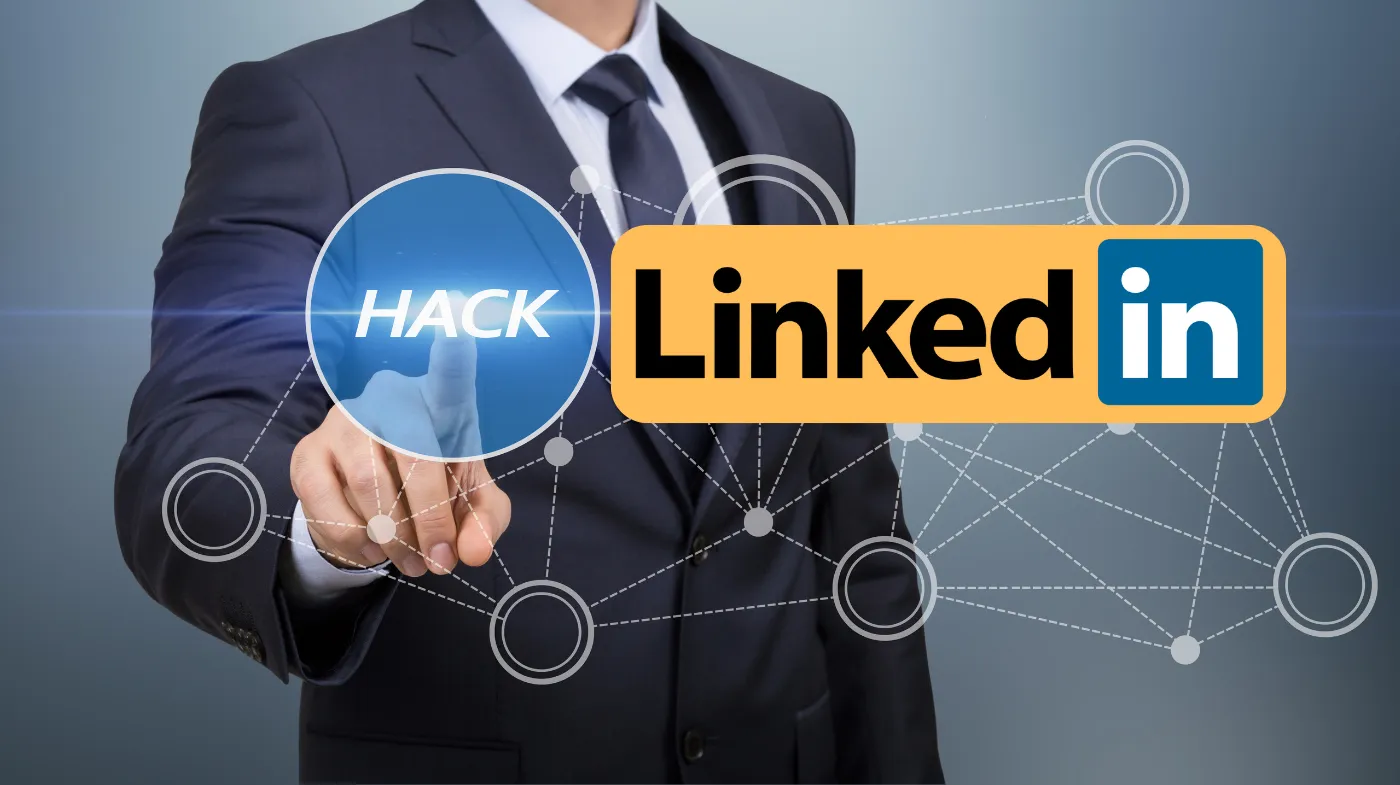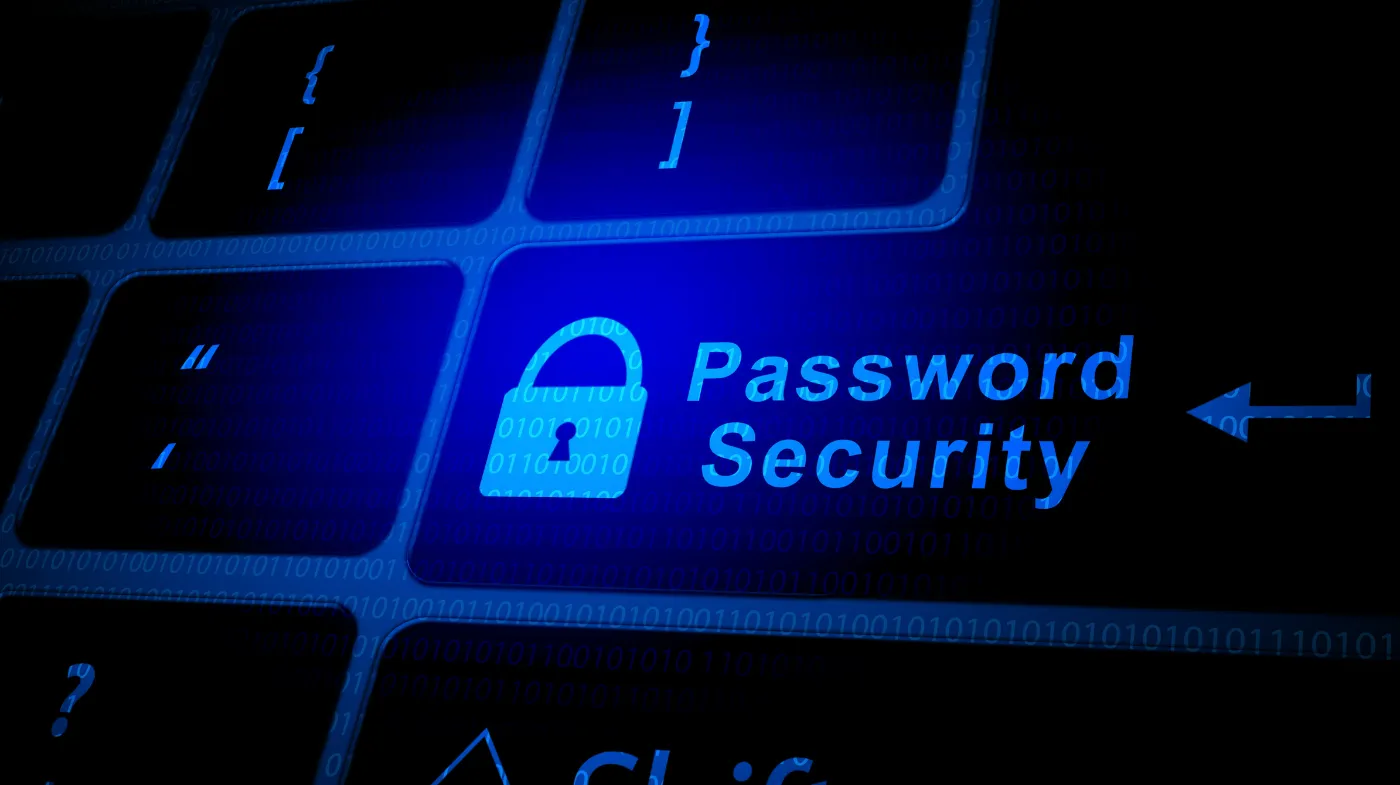
When cybercriminals infiltrate your LinkedIn account, they don’t just steal data; they hijack your entire professional identity. Account breaches are skyrocketing, with hackers targeting LinkedIn profiles to exploit professional networks, delete valuable content, and steal sensitive information.
This comprehensive guide reveals proven recovery strategies that can restore your account within 24 hours, plus bulletproof prevention methods that make your profile virtually unhackable.
You’ll discover the critical security mistakes most professionals make, learn how to implement enterprise-level protection using advanced authentication methods, and master the immediate response tactics that minimize damage during an active breach.
Don’t let cybercriminals destroy years of professional networking and career-building content.
LinkedIn Breach Patterns and Attack Methods
LinkedIn accounts face constant threats from cybercriminals seeking to exploit professional networks and personal information. These attacks often begin with seemingly innocent phishing emails that mimic LinkedIn’s official communications, tricking users into clicking malicious links.
Common Attack Methods
Phishing emails represent the most frequent attack vector, with hackers creating convincing replicas of LinkedIn notifications. These emails often contain urgent messages about connection requests or security alerts, prompting users to click dangerous links.
Credential stuffing attacks exploit password reuse across multiple platforms. When hackers obtain login credentials from other breached services, they systematically test these combinations on LinkedIn accounts.
Social engineering tactics involve hackers researching targets through public profiles, then crafting personalized attacks using gathered information to appear legitimate.
Warning Signs of Compromise
Recognizing early indicators of account compromise can minimize damage and expedite recovery efforts.
Unexpected authentication prompts often signal unauthorized access attempts. If you receive two-factor authentication codes you didn’t request, your account may be under attack.
Profile modifications without your knowledge indicate successful breaches. Hackers frequently change names, photos, and contact information to assume control of accounts.
Unusual activity notifications from LinkedIn should never be ignored, as they often represent the first evidence of unauthorized access.
Immediate Response Actions
Swift action following account compromise can prevent extensive damage and facilitate faster recovery.
Reporting the Breach
Contact LinkedIn immediately through their official help center reporting system. The platform maintains dedicated forms for compromised accounts and typically responds within 24 hours.
Provide detailed information about the incident, including specific changes noticed and the approximate timing of the breach. This information helps LinkedIn’s security team assess the situation accurately.
Prepare identification documents such as driver’s licenses or passports, as LinkedIn requires identity verification for account recovery processes.
Securing Related Accounts
Change passwords immediately on all accounts sharing similar credentials. Hackers often test stolen passwords across multiple platforms, making this step crucial for preventing further breaches.
Review email security for accounts associated with your LinkedIn profile. Compromised email accounts can provide hackers with password reset capabilities and additional personal information.
Enable two-factor authentication on all professional and personal accounts to create additional security layers against future attacks.
Password Security Fundamentals

Strong password practices form the foundation of account security, yet many professionals continue using vulnerable credentials that hackers easily exploit.
Creating Unbreakable Passwords
Length trumps complexity in modern password security. Passwords containing 16 or more characters provide exponentially better protection than shorter, complex alternatives.
Avoid personal information entirely when creating passwords. Names, birthdates, pet names, and other personal details make passwords predictable and vulnerable to targeted attacks.
Use unique passwords for every account to prevent credential stuffing attacks. When one account gets compromised, unique passwords protect your other accounts from similar breaches.
A super strong password generator can create complex, random passwords that resist common attack methods while eliminating human error in password creation.
Password Management Best Practices
Password managers provide secure storage for unique, complex passwords while requiring only one master password for access. These tools eliminate the temptation to reuse passwords across multiple accounts.
Regular password updates help maintain security, especially for critical professional accounts like LinkedIn. Consider updating passwords quarterly or after any security incident.
Password strength verification using a reliable password security checker ensures your credentials meet current security standards. These tools analyze password complexity, check against known breach databases, and provide real-time feedback on vulnerability levels.
Secure storage methods are essential for password protection. Avoid storing passwords in unsecured documents, spreadsheets, or note-taking applications that lack encryption.
Advanced Security Measures
Beyond basic password protection, additional security layers provide comprehensive account protection against sophisticated attacks.
Two-Factor Authentication Implementation
Enable 2FA immediately on your LinkedIn account and all associated email accounts. This security measure prevents unauthorized access even when passwords are compromised.
Use authenticator apps rather than SMS-based verification when possible. Authenticator applications provide better security against SIM swapping and other mobile-based attacks.
Backup authentication methods ensure account access if primary devices are lost or damaged. Store backup codes securely and test them periodically.
Regular Security Audits
Review active sessions monthly to identify unauthorized access attempts. LinkedIn provides detailed session information, including device types, locations, and access times.
Monitor connection activity for suspicious additions or modifications. Hackers often add malicious connections to expand their network access and gather additional information.
Check email settings regularly to ensure forwarding rules and other configurations haven’t been modified without authorization.
Avoiding Common Security Pitfalls
Understanding frequent password creation pitfalls helps professionals avoid vulnerabilities that hackers commonly exploit.
Dangerous Password Patterns
Sequential characters like “123456” or “qwerty” appear on every hacker’s common password list. These patterns take seconds to crack using automated tools.
Dictionary words with simple modifications remain vulnerable to modern attack methods. Passwords like “Password1!” feel secure, but follow predictable patterns that hackers easily recognize.
Personal information substitutions create false security. Replacing letters with numbers or symbols in familiar words doesn’t provide adequate protection against determined attackers.
Secure Communication Practices
When sharing sensitive information professionally, understanding secure transmission methods protects both personal and business data.
Email encryption becomes crucial when sending credit card information safely over email or other sensitive data. Encrypted communication prevents interception during transmission.
Password-protected files add security layers when sharing confidential information. However, share decryption passwords through separate, secure channels to maintain protection.
Secure platforms should be prioritized for sensitive communications. Consider using dedicated secure messaging services for confidential business discussions.
Recovery and Rebuilding
Successful account recovery requires patience and systematic rebuilding of a professional presence.
Content Restoration
Document everything that was lost or modified during the breach. This information helps LinkedIn’s support team understand the extent of damage and prioritize restoration efforts.
Rebuild systematically by starting with essential profile information, then gradually adding connections, content, and other professional details.
Backup regularly going forward to minimize future recovery challenges. Export connection lists and save important content externally.
Network Notification
Inform your network about the security incident to prevent confusion and protect connections from potential scams using your compromised account.
Verify new connections carefully, as hackers may have added malicious contacts during the breach period.
Monitor for impersonation attempts where hackers create duplicate accounts using your stolen information.
Frequently Asked Questions
How quickly should I report a hacked LinkedIn account?
Report compromised accounts immediately upon discovery. LinkedIn’s security team responds fastest to prompt reports, and early intervention can minimize damage to your professional profile and network.
Can I prevent LinkedIn hacking completely?
While no security measure provides 100% protection, combining strong unique passwords, two-factor authentication, and regular security audits significantly reduces your risk of successful account compromise.
What information do hackers typically steal from LinkedIn accounts?
Hackers commonly target contact lists, personal information, professional history, and messaging data. They may also delete content, modify profiles, and use accounts for spam or social engineering attacks.
How long does LinkedIn account recovery typically take?
Recovery timeframes vary depending on breach complexity, but LinkedIn usually responds within 24 hours. Complete restoration may take several days, especially when extensive content deletion occurred.
Ensure Your LinkedIn Security Is a Priority for Your Professional Future
Your LinkedIn account represents years of professional networking and career development that deserve robust protection. By implementing strong password practices, enabling two-factor authentication, and conducting regular security audits, you can significantly reduce your vulnerability to cyberattacks.
Remember that prevention is always easier than recovery when dealing with account breaches. The strategies outlined in this guide provide comprehensive protection against evolving threats targeting professional networks.
Stay vigilant, update your security measures regularly, and don’t let cybercriminals compromise your digital professional identity. Your career and professional relationships depend on the security decisions you make today.
